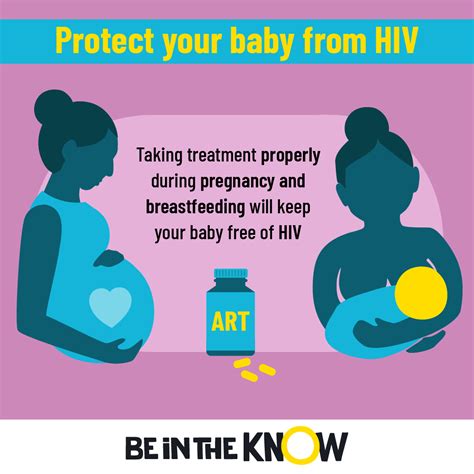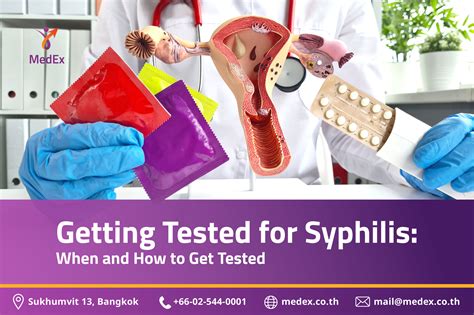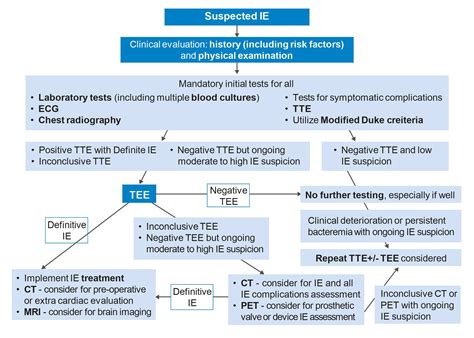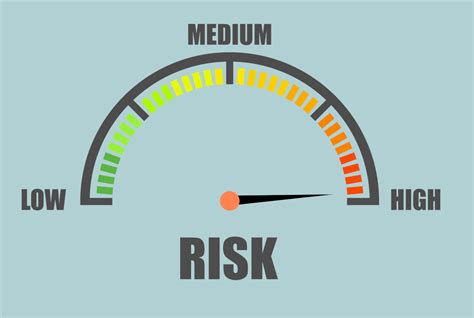Intro
Discover the 5 common ways to get Chlamydia, a sexually transmitted infection, and learn about prevention methods, symptoms, and treatment options for this bacterial infection, including unprotected sex and genital contact.
Chlamydia is a common sexually transmitted infection (STI) that affects millions of people worldwide. It is caused by the bacterium Chlamydia trachomatis and can be transmitted through vaginal, anal, or oral sex with an infected person. Chlamydia can also be passed from mother to child during childbirth. In this article, we will discuss the various ways to get Chlamydia and the importance of getting tested and treated.
Chlamydia is often referred to as a "silent" infection because it can cause no symptoms in many people, especially women. However, if left untreated, Chlamydia can lead to serious health problems, such as pelvic inflammatory disease (PID), infertility, and increased risk of HIV transmission. Therefore, it is essential to understand the ways to get Chlamydia and take necessary precautions to prevent infection.
The transmission of Chlamydia is often linked to unprotected sex, but it can also be spread through other means. Understanding the various ways to get Chlamydia can help individuals take control of their sexual health and reduce their risk of infection. In the following sections, we will explore the different ways to get Chlamydia and provide tips on how to prevent infection.
Unprotected Sex

Multiple Sex Partners

Sharing Sex Toys

Mother-to-Child Transmission

Other Ways of Transmission

Prevention and Treatment
Preventing Chlamydia transmission requires a combination of safe sex practices, regular testing, and treatment. Using condoms consistently and correctly can significantly reduce the risk of Chlamydia transmission. Getting tested regularly, especially if an individual has multiple sex partners, can help identify and treat the infection early. Treatment for Chlamydia typically involves a course of antibiotics, which can cure the infection if taken as directed.Getting Tested

Treatment and Complications

Reducing the Risk

In conclusion, Chlamydia is a common STI that can be transmitted through various means, including unprotected sex, multiple sex partners, sharing sex toys, and mother-to-child transmission. Understanding the ways to get Chlamydia and taking necessary precautions can help individuals reduce their risk of infection. Getting tested regularly and completing treatment if necessary can help prevent serious health complications. By prioritizing safe sex practices and regular testing, individuals can protect their sexual health and reduce the risk of Chlamydia transmission.
What are the symptoms of Chlamydia?
+Chlamydia often causes no symptoms, but if symptoms do occur, they may include abnormal vaginal discharge, burning during urination, and pain during sex.
How is Chlamydia diagnosed?
+Chlamydia is typically diagnosed through a urine test or a swab test, which involves collecting a sample from the cervix, urethra, or rectum.
Can Chlamydia be cured?
+Yes, Chlamydia can be cured with antibiotics. It is essential to complete the full course of treatment, even if symptoms resolve before finishing the medication.
How can I reduce my risk of getting Chlamydia?
+Using condoms consistently and correctly, getting tested regularly, and avoiding sharing sex toys can help reduce the risk of Chlamydia transmission.
What are the complications of untreated Chlamydia?
+Untreated Chlamydia can lead to serious health complications, including PID, infertility, and increased risk of HIV transmission.
We hope this article has provided you with valuable information about Chlamydia and how to reduce your risk of infection. If you have any further questions or concerns, please do not hesitate to reach out. Share this article with your friends and family to help raise awareness about the importance of safe sex practices and regular testing. Together, we can work towards reducing the transmission of Chlamydia and promoting healthy sexual relationships.
